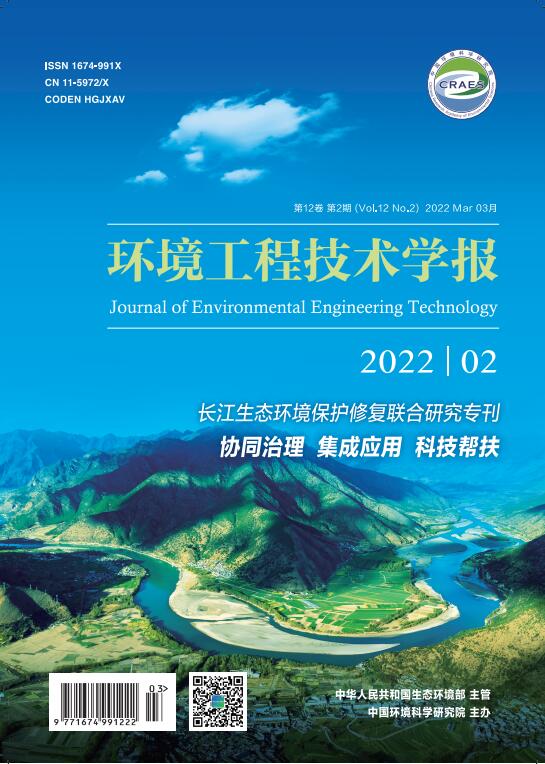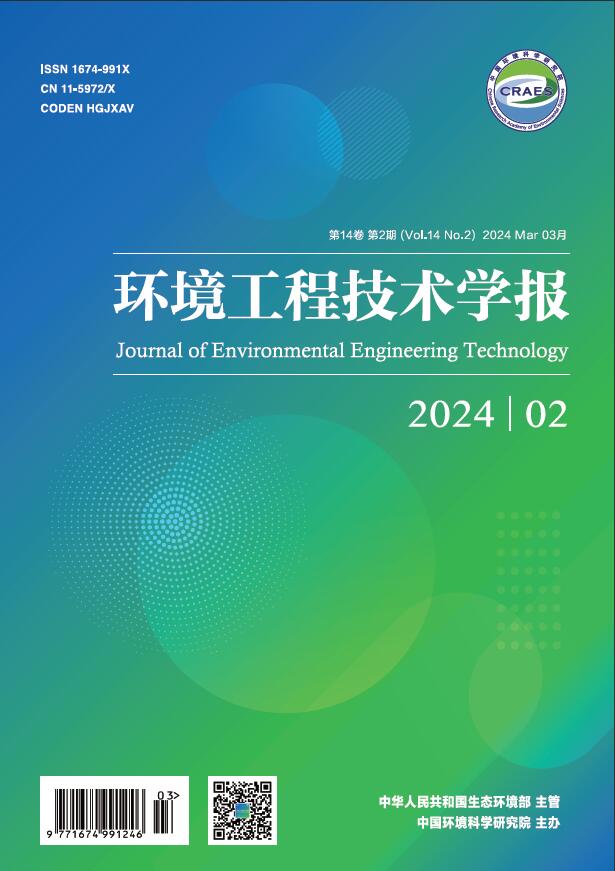Abstract:
China began to implement the great protection strategy of the Yangtze River in 2016, and a series of measures for ecological protection and restoration such as shelter forest construction, port and wharf regulation and shoreline restoration had been carried out. Based on the land use data interpreted by remote sensing in 2010, 2015 and 2020, the changes of land use and ecosystem service in the Yangtze River Basin (YRB) were compared and analyzed. The changes of land use and the distribution of ports and wharfs on the coastal buffer zone of rivers and lakes were also analyzed to jointly reflect the effectiveness of the general protection of the Yangtze River. The results showed that: 1) From 2015 to 2020, the conversion of land use was mainly cultivated land, forest and grassland to construction land in the six urban agglomerations, important protected areas and the buffer zones of key rivers and lakes of the Yangtze River Economic Belt. Compared with the previous five years, comprehensive dynamic degree of ecosystem, ecological land use change index and the development interference index in the YRB were declining, and the change amplitude and dynamics of land use were becoming gentle. 2) From 2015 to 2020, the total area of forest, grassland, cultivated land and unused land decreased, while that of wetland and construction land increased in the buffer zone of key rivers and lakes (0-5 km). Compared with the previous five years, the change of total number and area of port and wharf in riparian zone had converted from obvious increase to decrease. 3) From 2015 to 2020, the vegetation coverage of the growing season showed an upward trend in the YRB. Compared with the previous five years, the area of high-level vegetation coverage steadily increased, and lower, medium and higher levels steadily reduced. 4) From 2015 to 2020, the area and quality of ecological land were basically stable. Compared with the previous five years, the change of comprehensive equivalent of ecosystem service had converted from slight increase to be stable, and tends to be gentle.
WANG D W,HE P,XU J,et al.Changes of land use and ecosystem service in the Yangtze River Basin after five years' general protection[J].Journal of Environmental Engineering Technology,2022,12(2):408-416. doi: 10.12153/j.issn.1674-991X.20210687.


